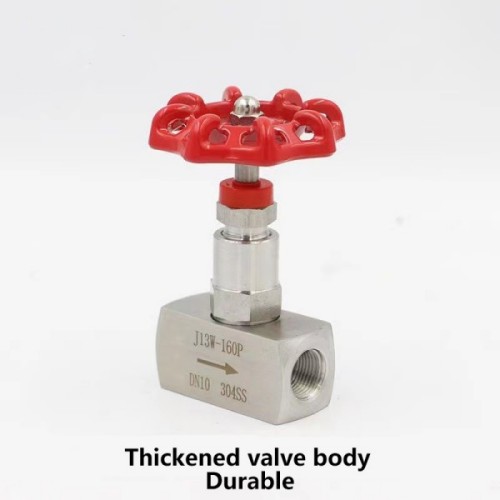electric actuator valve
Electric Actuator Valves Revolutionizing Fluid Control
Electric actuator valves have become an essential component in various industrial processes, offering reliable and efficient means of controlling fluid flow. They combine the functionality of traditional valves with the precision of electric actuation, making them an ideal choice for many applications across different sectors, including oil and gas, water treatment, and automation in manufacturing.
Understanding Electric Actuator Valves
An electric actuator valve operates by using an electric motor to open and close a valve. This mechanism replaces manual operations, which can be labor-intensive and less precise. The actuator translates electrical signals from a control system into mechanical motion that operates the valve. These valves can be used for on-off control or modulating applications, depending on the design and the needs of the system.
The main components of an electric actuator valve include the valve body, the electric actuator, and the positioner. The valve body is the component that allows or restricts the flow of fluids, while the electric actuator provides the force needed to operate the valve. The positioner ensures that the valve reaches the desired position accurately, enhancing the overall control of the system.
Advantages of Electric Actuator Valves
1. Precision Control One of the most significant advantages of electric actuator valves is their ability to provide precise control over fluid flow. The electric actuators can be programmed to open or close to exact angles, allowing for more accurate flow control compared to pneumatic or hydraulic systems.
2. Automation Compatibility Electric actuator valves can be easily integrated into automated systems. They can be controlled remotely via control systems, such as PLCs (Programmable Logic Controllers) or DCS (Distributed Control Systems), enabling efficient monitoring and operation.
electric actuator valve

3. Energy Efficiency Compared to pneumatic or hydraulic systems, electric actuators generally consume less energy. This efficiency can lead to reduced operational costs and lower environmental impacts, making electric actuators an eco-friendly option.
4. Low Maintenance Electric actuators typically require less maintenance than their pneumatic counterparts. Without the need for air compressors or hydraulic fluid, there are fewer components that can wear out or fail, resulting in lower maintenance costs and increased reliability.
5. Versatility These valves can be used with a wide range of media, including water, oil, gas, and chemicals. Their versatility makes them suitable for various industries and applications, such as HVAC systems, food and beverage processing, and semiconductor manufacturing.
Applications of Electric Actuator Valves
Electric actuator valves are commonly used in several applications, including
- Water Treatment Plants For managing the flow of water and chemicals used in purification processes. - Oil and Gas Industry For controlling the flow of crude oil and natural gas through pipelines safely and efficiently. - Power Generation In power plants to regulate steam and fuel flow, enhancing safety and efficiency. - Manufacturing In assembly lines for automating processes and improving production rates.
Conclusion
In summary, electric actuator valves represent a significant advancement in fluid control technology. Their ability to provide precise control, compatibility with automated systems, energy efficiency, low maintenance needs, and versatility make them an attractive choice for numerous industrial applications. As industries continue to seek more efficient and reliable solutions, electric actuator valves will undoubtedly play a crucial role in shaping the future of fluid management systems.
-
3-types-of-check-valves-maintenance-tipsNewsAug.23,2025
-
ball-valves-types-with-trunnion-mounted-designNewsAug.23,2025
-
butterfly-valve-company-production-capabilitiesNewsAug.23,2025
-
fisher-globe-valve-technical-specificationsNewsAug.23,2025
-
types-of-gaskets-for-flanges-selection-guideNewsAug.23,2025
-
wedge-gate-valve-suppliers-quality-standardsNewsAug.23,2025
-
Breakthrough in Domestic Low Temperature Valve Technology in ChinaNewsAug.18,2025




